Human FGF-19 ELISA Kit
$299.00 – $419.00
ELISA Kit Detail Information
| Related Target | |
|---|---|
| Species | human |
| Sample Type | Serum, plasma, cell culture supernatant, and other biological samples |
| Sample Volume | 50 μL |
| Sensitivity | 1.56 pg/mL |
| Array Range | 15.63 pg/mL – 1000 pg/mL |
| Assay Time | 3.5 h |
| Recovery | 85% – 114% |
| Average Recovery | 99% |
| Intra Precision | 2.8% – 4.6% |
| Inter Precision | 2.5% – 4.8% |
| Plate | Detachable 96-well plate |
| Storage | If the reagent kit is unopened, it should be stored at 4℃. However, if it has been opened, the standard solution should be stored at -20℃, while the other components should be stored at 4℃. |
| Delivery | 4℃ blue ice transportation |
| Components | 96-well polystyrene enzyme-linked immunosorbent assay (ELISA) plate coated with anti-FGF-19 monoclonal antibody Human FGF-19 freeze-dried standard FGF-19 detect Antibody Standard Diluent HRP-labeled streptavidin Assay Buffer(10×) Substrate TMB Stop Solution Washing Buffer(20×) Sealing Film |
| Assay Principle | This kit utilizes the double antibody sandwich enzyme-linked immunosorbent assay (ELISA) detection technique.Specific anti-human FGF-19 antibodies are precoated on a high-affinity ELISA plate. Standard samples, test samples, and biotinylated detection antibodies are added to the wells of the ELISA plate. After incubation, FGF-19 present in the samples binds to the solid-phase antibodies and the detection antibodies. After washing to remove unbound substances, streptavidin-HRP labeled with horseradish peroxidase is added. After washing, the TMB chromogenic substrate is added, and color development is carried out while avoiding light. The intensity of the color reaction is directly proportional to the concentration of FGF-19 in the samples. A stop solution is added to terminate the reaction, and the absorbance value is measured at a wavelength of 450 nm (with a reference wavelength range of 570-630 nm). |
Related Targets
FGF19
FGF19 Target Infomation Overview
- Target Symbol: FGF19, fibroblast growth factor 19
- Gene Groups: Fibroblast growth factor family
FGF19, fibroblast growth factor 19 Target Infomation by Species
- Human
- Mouse
- Rat
Human FGF19 Target Information
- Target Symbol: FGF19, fibroblast growth factor 19
- Alias:
- FGF-19
- NCBI_Gene: 9965
- UniProtKB: O95750
Human FGF19 Predicted Functions
Enables fibroblast growth factor receptor binding activity. Involved in several processes, including negative regulation of bile acid biosynthetic process; positive regulation of MAPK cascade; and positive regulation of glucose import. Acts upstream of or within fibroblast growth factor receptor signaling pathway and positive regulation of cell population proliferation. Predicted to be located in extracellular region. Predicted to be active in cytoplasm and extracellular space.
Mouse Fgf15 Target Information
- Target Symbol: Fgf15, fibroblast growth factor 15
- Alias:
- FGF19
- NCBI_Gene: 14170
Mouse Fgf15 Predicted Functions
Predicted to enable fibroblast growth factor receptor binding activity and growth factor activity. Acts upstream of or within several processes, including negative regulation of bile acid biosynthetic process; neural crest cell migration; and response to bacterium. Predicted to be located in extracellular region. Predicted to be active in cytoplasm and extracellular space. Is expressed in several structures, including brain; branchial arch endoderm; embryo ectoderm; mesonephros; and sensory organ. Orthologous to human FGF19 (fibroblast growth factor 19).
Rat Fgf19 Target Information
- Target Symbol: Fgf19, fibroblast growth factor 19
- Alias:
- Fgf15
- Fgf8a
- fibroblast growth factor 15
- fibroblast growth factor 8a
- NCBI_Gene: 170582
- UniProtKB: Q8VI81
Rat Fgf19 Predicted Functions
Predicted to enable fibroblast growth factor receptor binding activity and growth factor activity. Involved in bile acid and bile salt transport; response to ethanol; and response to organic cyclic compound. Predicted to be active in cytoplasm and extracellular space. Biomarker of alcoholic hepatitis. Orthologous to human FGF19 (fibroblast growth factor 19).

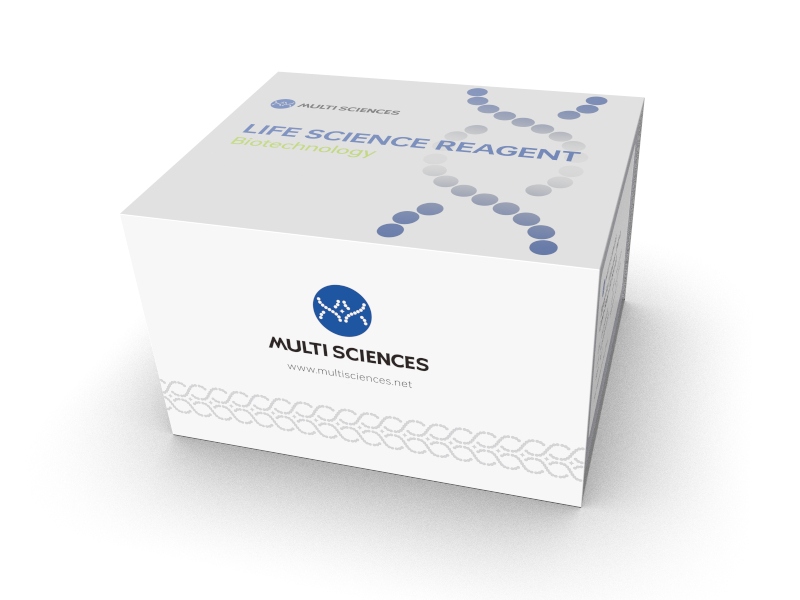
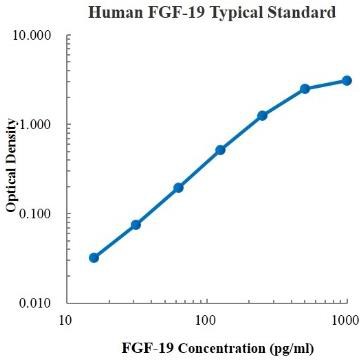
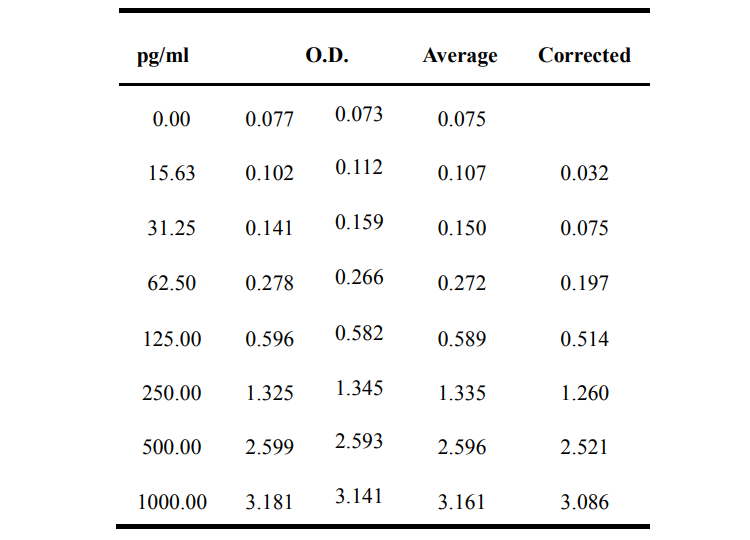

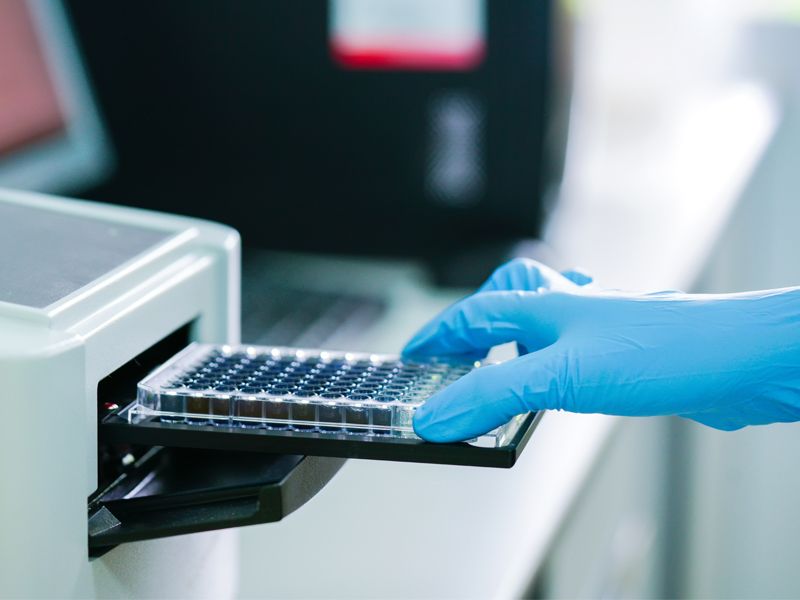
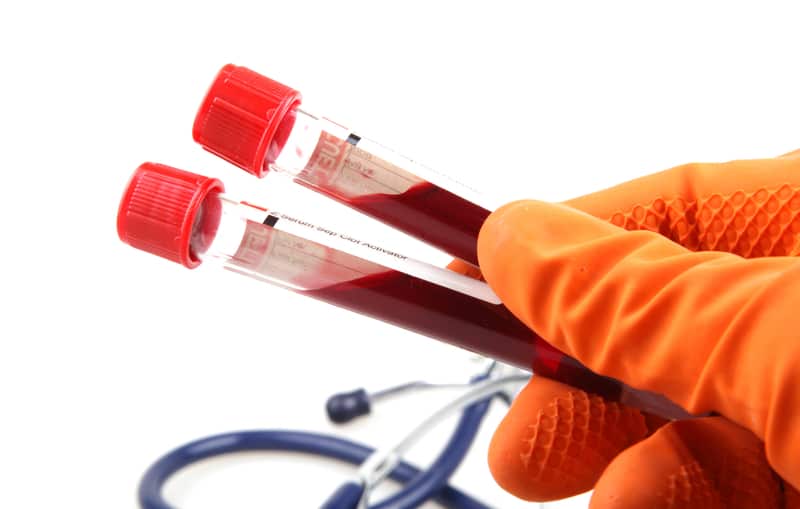
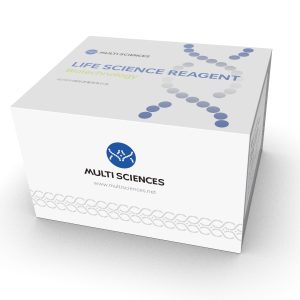
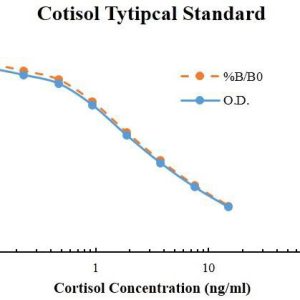
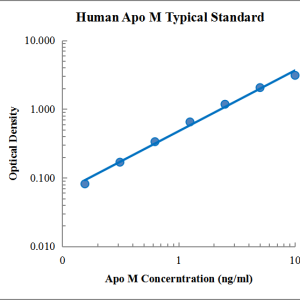
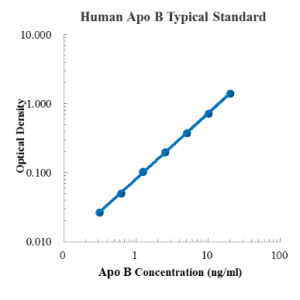
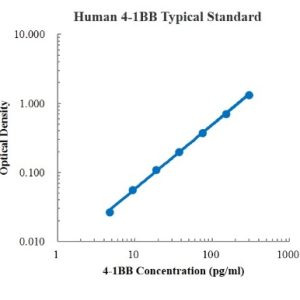
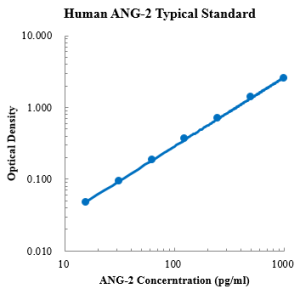

Reviews
There are no reviews yet.